For the first decade of my life, even as I explored every corner of my parents’ small apartment in the Bronx, I paid no attention to the dark wood cabinet with double doors that stood forbiddingly closed in a corner of the living room.
The room’s center of attention was, instead, the television that stood in the opposite corner. It was a General Electric model, with perhaps a 12-inch screen. My brother and I watched our Saturday morning cartoons from the floor in front of it, while our mother periodically warned us to move away from the screen so we would not hurt our eyes. (For the record, I have never heard of an actual case of vision damage resulting from too-close viewing of Alvin and the Chipmunks.) In the evenings, our father came home tired from a day’s work. After he finished his supper, he commandeered the sofa, the television and the rest of the living room.
One day in the late 1960s, when I was around 10, I finally opened those mysterious double doors and discovered a set of knobs and dials. It was a radio - a 1940s-vintage Philco “highboy,” as they used to call those cabinet-mounted receivers that stood atop four spindly legs. Of course I had to turn the knobs. At first nothing happened except a faint hum. Then the vacuum tubes warmed up, just like the ones in our TV, and soon the room filled with the familiar voices and music of New York City’s AM radio stations, but with a richer sound than I was accustomed to hearing. Even a child could tell the difference.
I never saw my parents use the living room radio. My mother preferred a simpler transistor model that she kept in the kitchen. The big cabinet arrived in their home shortly after their wedding in 1946. They had it in their first apartment in a walk-up building in the South Bronx. It traveled with them to Washington Heights in upper Manhattan, where I was born, and it moved back to the Bronx with us in 1960.
I had an amiable but not a close relationship with that radio for a couple of years. Some afternoons, I would listen to Yankees when I came home from school. In those days, many weekday baseball games were played in daylight, which seldom happens now. But when we moved across the Bronx to a new apartment in 1969, my parents gave away the Philco to another family in our old building. It would have been expensive to take with us, and as far as they were concerned, there was no point.
I was unperturbed by this development, because I had a radio of my own. Two, actually. One was a small, eight-transistor battery job, the sort every 1960s schoolboy had. My childhood version of music streaming was to turn on that radio and wait for a station to play the Beatles.
But my treasured possession was a GE dual-speaker table radio that my parents bought for me in 1968 as a reward for an unusually good report card. That little radio, with its tubeless (“solid-state,” as the marketers said) design and its fake-wood plastic case, was the closest I came to having a stereo until I bought one for myself after college. It came with me to our Catskills bungalow in the summer. At night I would listen to the Yankees when they played, and to the far-off Baltimore Orioles when they didn’t. Unbeknownst to me, while I was out playing in the daytime my mother used my radio to get her recommended daily allowance of Tom Jones and Engelbert Humperdinck.
Once puberty arrived I became a nocturnal creature, as many teenagers do. School seemed like a good place to catch up on my sleep. At night I’d climb out of bed in the wee hours, turn on my radio and listen to news, sports and weather from the farthest places it could reach. Clear-channel stations came from cities like Toronto and Minneapolis, and from unlikely corners such as Louisville, Ky., and Fort Wayne, Ind. I could get French stations from Quebec and New Brunswick, and Spanish stations that might have been from the Caribbean but more likely were in Mexico, where illegal high-powered broadcasting was in vogue in the early ‘70s. I can’t say for sure, since I understood neither French nor Spanish. That’s what happens when you sleep through your high school language classes.
The table radio disappeared while I was away at college. A relative needed one and my mother, thinking I no longer had any use for my GE, gave it to her. I don’t think I made too much of a fuss about it but I suspect my parents felt bad. Not long after graduation, they presented me with a huge, black portable Panasonic that had AM, FM and five shortwave bands. A few years later, I heard Radio Moscow’s reassuring reports about a serious but well-controlled nuclear accident at a place called Chernobyl. I still use that radio sometimes to listen to a baseball game while I eat dinner.
But I don’t use shortwave anymore, and I don’t have to wait for clear-channel signals late at night if I want to tune a faraway station. I can get almost any distant broadcast just by going to the Internet. Even KIYU, operated by the Big River Public Broadcasting Corp. in Galena, Alaska, is within range of my iPhone, my iPad and my computer. These devices have become today’s supercharged radios.
Of course, those beautiful old sets are treasured by collectors who appreciate the history, the engineering and, in some cases, the design and handicraft elements that went into them. Any good antique market in New England has a collection of old electronics, some in fine condition and some showing their decades of age.
I tracked down a sibling of my old GE table radio when I sat down to write this blog. I showed my wife the picture and told her the story of my fifth-grade prize. For about $15, I could have it again. She asked if I wanted it.
I felt torn. “I don’t know,” I said, “but I think I’ll be able to decide after I write this post.”
And so I have. I am not going to buy that table radio. I don’t want to give my mother a reason to feel bad about giving mine away. But more than that, I just don’t feel a need to relive my past. Those old radios are part of a long-ago world in which I grew up. They are not part of the world in which I live today. I can appreciate what they gave me as a boy, even if I now listen to far-off radio stations on the latest smartphone.





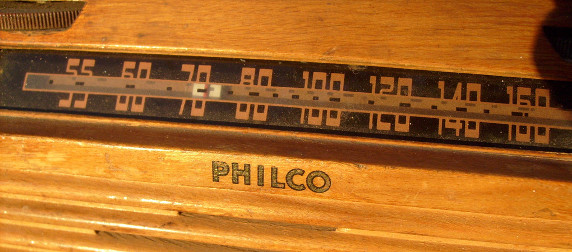
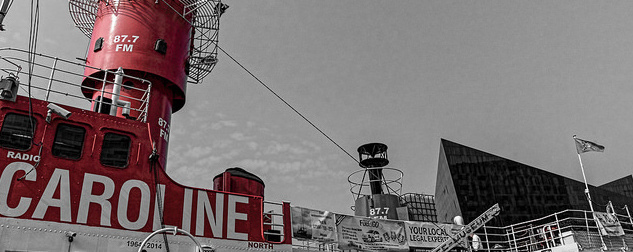

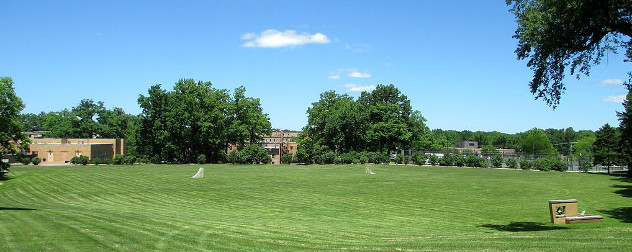
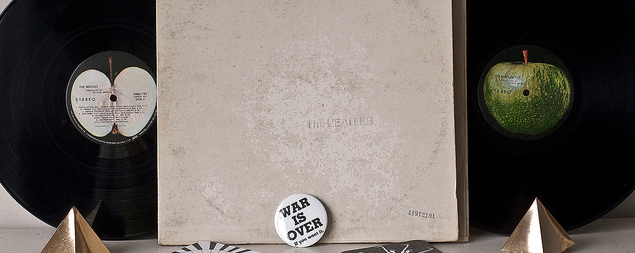
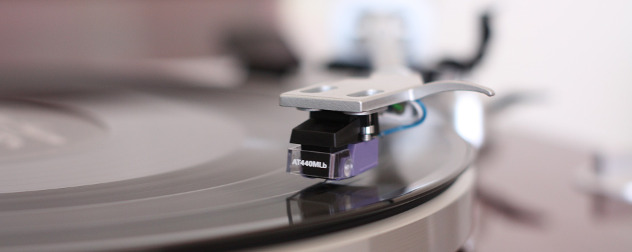
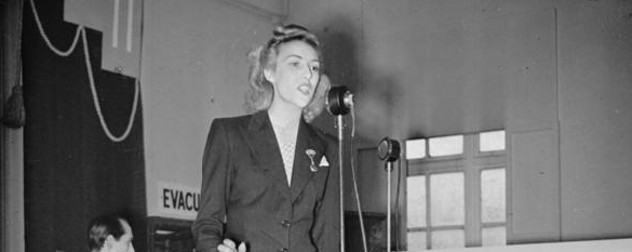



January 29, 2014 - 4:52 am
I, too, grew up in the Bronx just during the same era. There are a growing number of antique tube radio collectors who can clearly identify the richness in sound of a tube radio as opposed to the tinny sound of today’s radios.